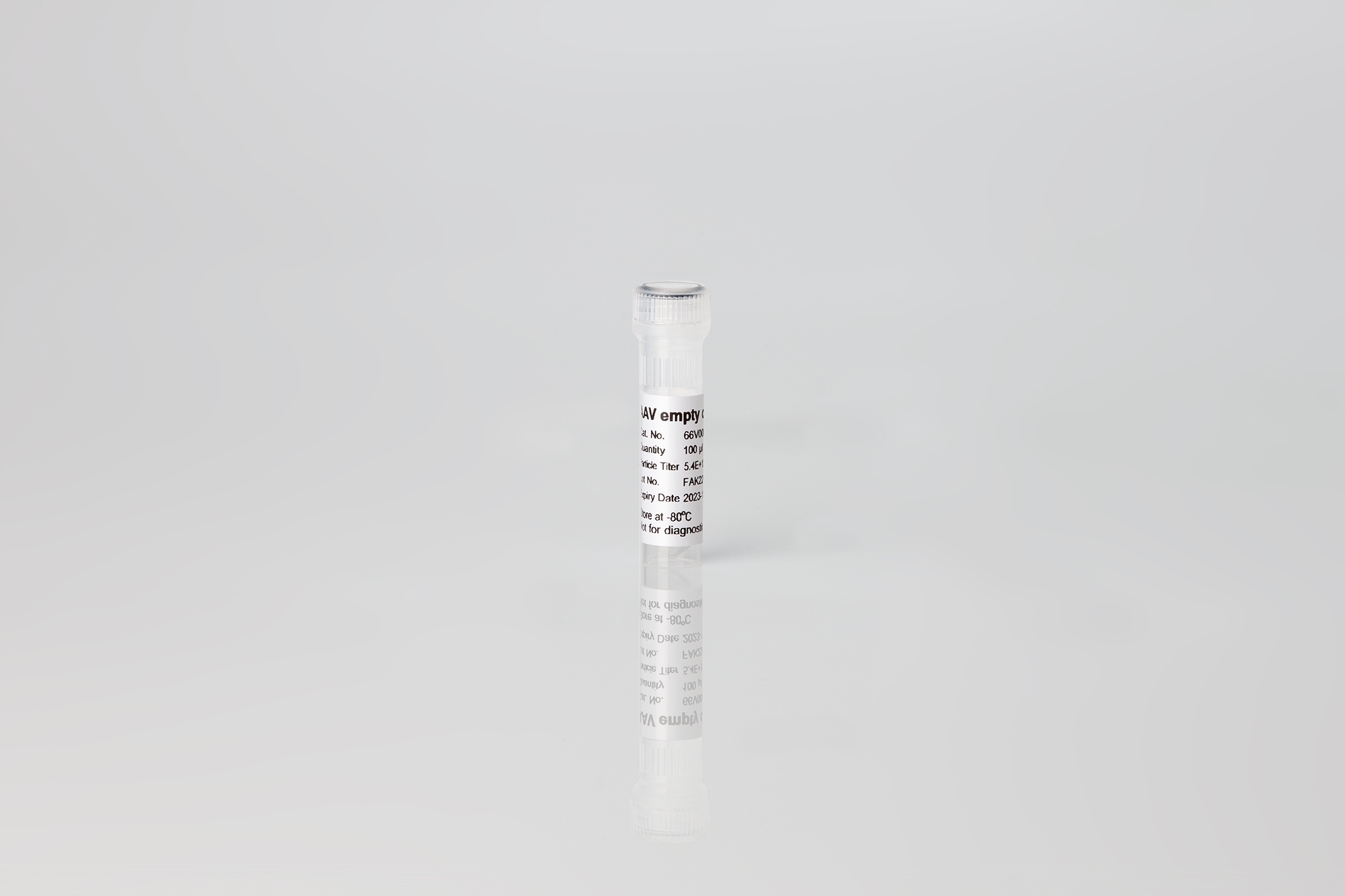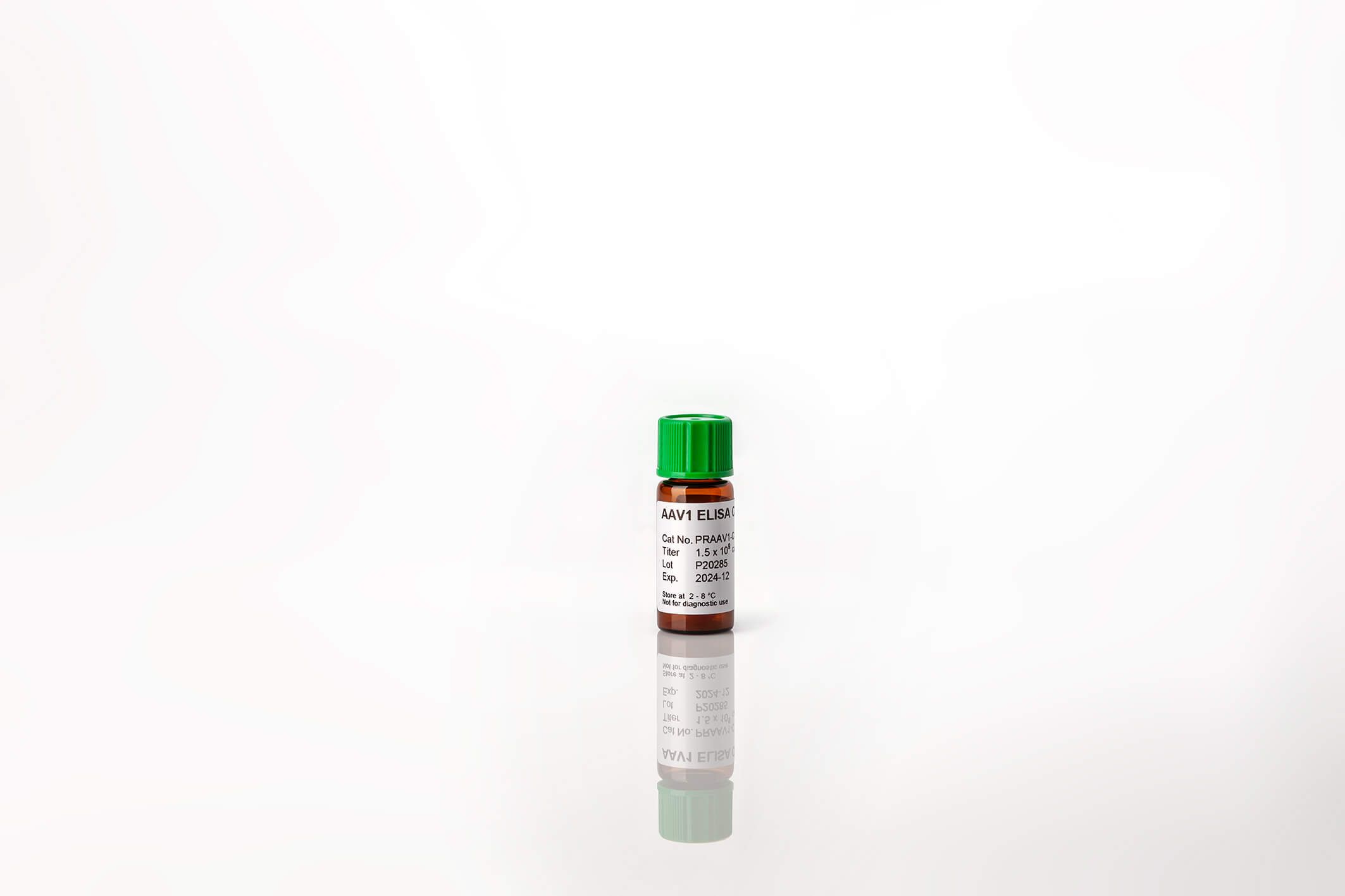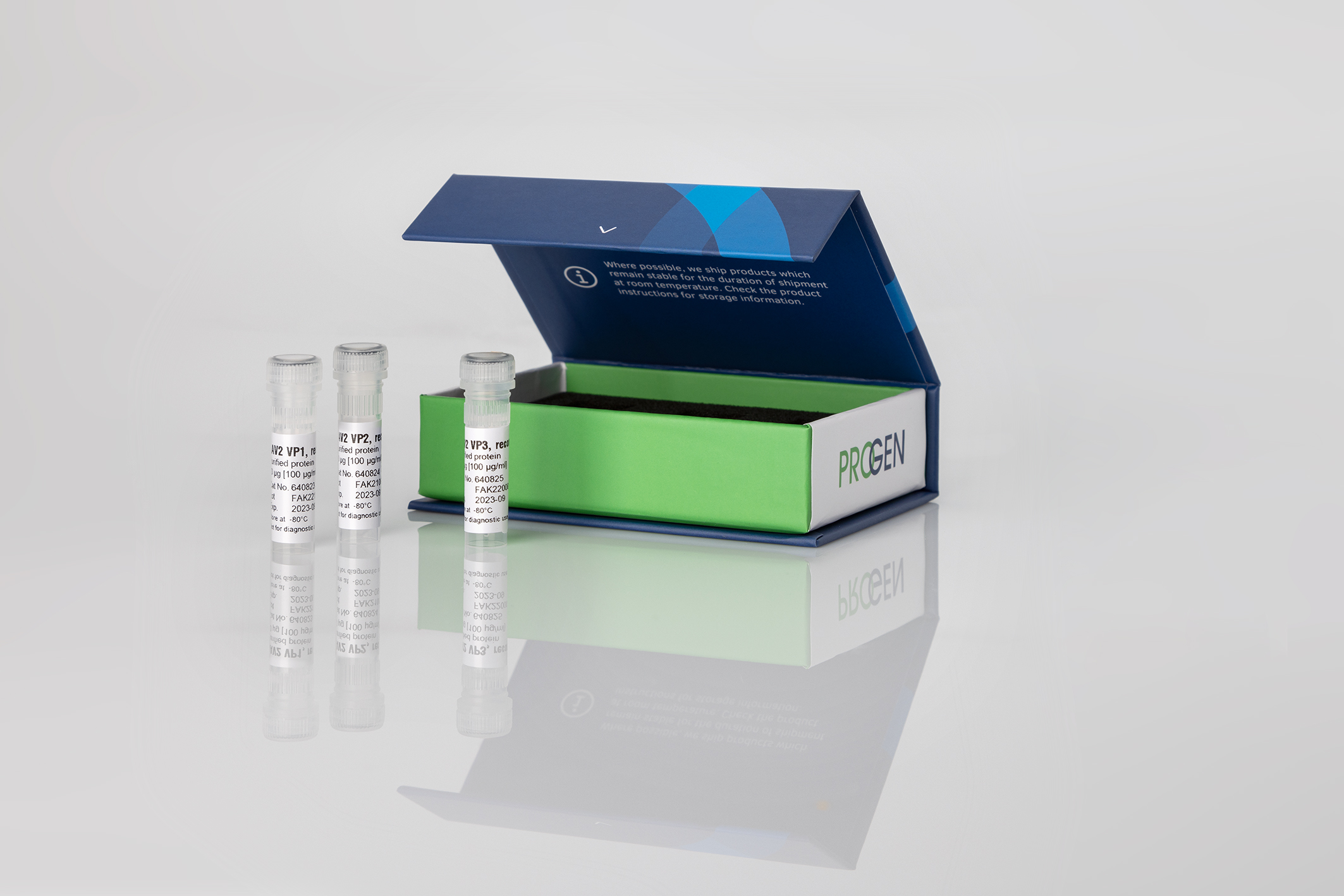Secure Reliable Results with Established AAV Standards
The AAV gene therapy community is experiencing a rapid increase in the number of products entering clinical trials. One of the many obstacles laboratories and regulatory authorities are facing is the lack of suitable and widespread AAV reference material.
Many of the available methods, for example, quantitative polymerase chain reaction methods (qPCR) show high inter-lab variabilities. This makes it difficult to compare the dose of different vectors used in different studies.
Our fully characterized AAV Standards are easy to implement solutions to monitor the validity of your results and to ensure comparability of your assays.
-
Ensure safety: comparability of data across assays and labs provides a reliable safety evaluation necessary for approval.
-
Comprehensive characterization: all products are comprehensively characterized and provided with precisely determined titer/molar concentration.
-
Quality control: PROGEN´s AAV Standards must pass established QC standard protocols based on our internal reference material.
-
Easy-to-use: Products are optimized for a wide range of applications, ready-to-use, available in liquid format.
-
Off-the-shelf: Ready-to-use and off-the shelf products, making sure your waiting time is as minimal as possible.
AAV ELISA Controls
Reliable positive controls in detections and quantification assays.
AAV VP Protein Standards
AAV2 VP Protein Standards suitable for the analysis of expression levels and VP1, VP2, VP3 ratios.



